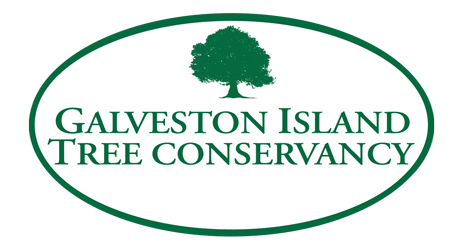Cedar Elm
Tree Stories: Cedar Elm
Do you wish for fall colors? When leaves on most of our trees turn brown in fall, cedar elms (Ulmus crassifolia) give us a show with yellows and oranges.
This tough and adaptable tree is the most common native elm in Texas and is valued as both a shade and an ornamental tree. It is attractive, cools us in summer, and drops its leaves in winter to allow in sunlight and warmth. There are now several on the Island and this tree has been included in NeighborWoods plantings.
The name is a bit misleading because it is not a cedar and shares no traits with cedar, so “Texas Elm” might be a better common name. It draws its name because it is often found with junipers—which are also not cedar--in limestone “cedar breaks”.
Cedar elm tolerates a wide variety of soils. It is extremely drought-tolerant but can also grow in ground that is periodically saturated (sound familiar?). It is a popular street tree in the desert southwest due to its ability to survive in difficult soil types with minimal care.
In full sun to part shade cedar elm grows at a reasonably fast rate and can reach 50-70 feet, although that is unlikely on this salty, windy Island. Stiff, drooping branches with corky ridges and scaly bark form a narrow crown with a rounded or vase shape. Small dark-green leaves are sandpapery in texture.
While most elms put out their flowers in spring, the cedar elm does an autumn show with its flowers, seeds, and color. Small inconspicuous flowers form in late summer followed by clusters of flat, oval seed packets called samara. Foliage turns vibrant yellow to orange-red, providing striking fall color.
It is a useful tree as well. Several bird species thrive on the seeds and squirrels love the buds and seeds. The Mourning Cloak and Question Mark butterflies use it for larval food. The wood is extremely strong and is often sold mixed with other elm hardwoods as “rock elm”. It is used in a variety of products from furniture to fence posts. Its fine grain bends well, so is used to make curved containers, boxes, crates, barrels and baskets.
A downside is cedar elm’s susceptibility to Dutch elm disease, although it has more resistance than the American elm. Like most trees, it is also susceptible to some insect damage. A moist summer can cause it to mildew, and a stressed tree may become infested with mistletoe.
Benefits are many for this recommended native. The nursery trade has it available for your large sunny space. A striking large example is coloring up in the 5400 block of R½. There are several small ones that are less showy: 4600 block of O, on the grounds of Crockett Park, and on 53rd around Alamo School. Give this tree sun and space and it will provide summer shade, wildlife habitat, and a fall color show, all for little care. The island needs more of them.
Margaret Canavan is a Galveston resident, a Certified Master Gardener, and a member of the Board of the Galveston Island Tree Conservancy.
Hurricane Ike caused the loss of 40,000 trees on Galveston Island. The Galveston Island Tree Conservancy was formed to address that loss and to date has replaced over 20,000 through grant-funded plantings and giveaways, with more planned. “Tree Stories” is an ongoing series of articles intended to bring attention to outstanding Island trees and tree care. If you have or know of a special tree on Galveston Island that should be highlighted, please email treesforgalveston@yahoo.com.

